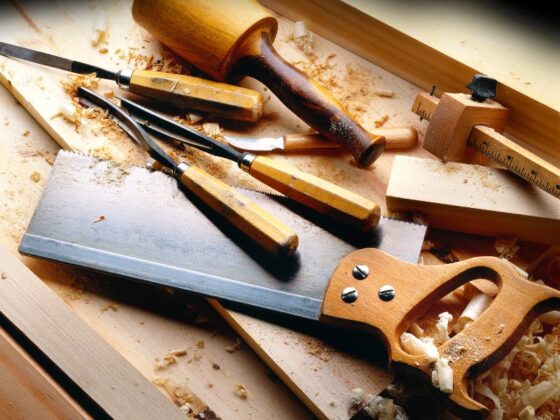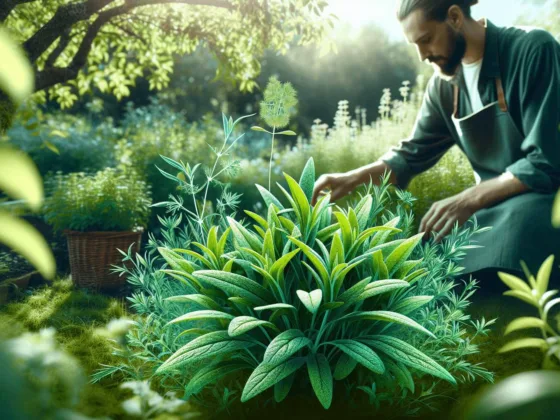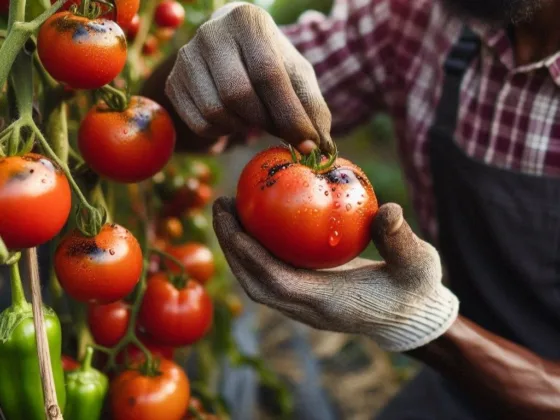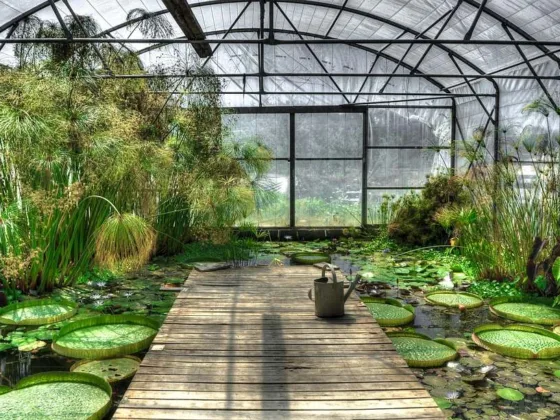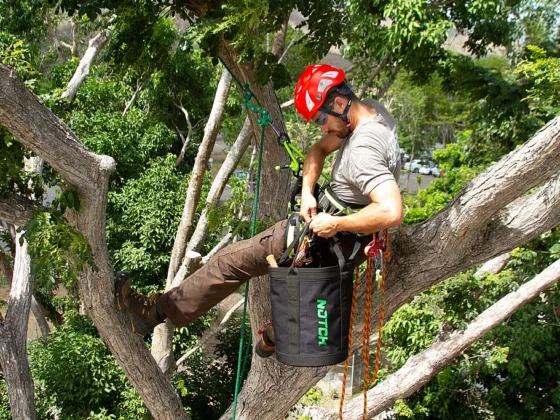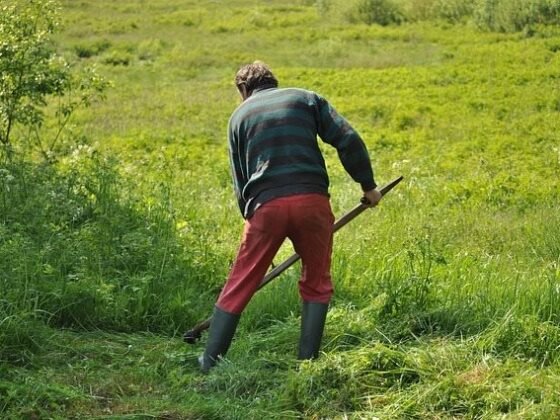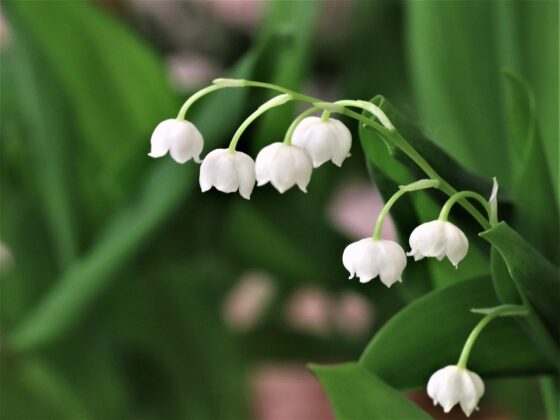Table of Contents Show
How amazing could it be to have an indoor garden! Imagine growing fresh produce for your kitchen or beautiful flowers for decorating your home.
Well, it is great to duplicate Mother Nature indoors but it can be challenging especially if you’re short of ideas and space.
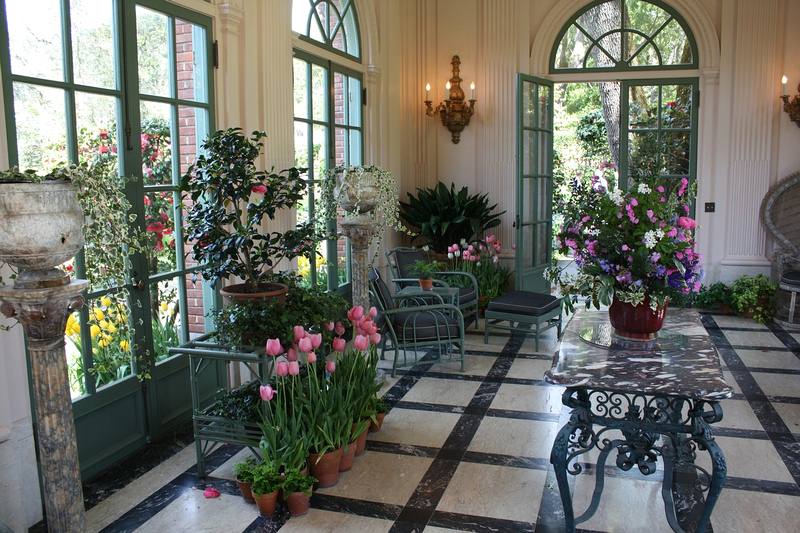
Luckily, you don’t have a reason to give up your indoor gardening dreams because, with ingenuity and careful planning, you can use the available space to create an indoor garden that you’ll be proud of.
If you’d want to find happiness in growing indoors, here’s a DIY guide to follow.
Read Also:
- Home Herb Garden Benefits: Growing More Herbs Indoors As Well As Some Vegetables in Winter
- Learn How to Care for an Indoor Palm Tree with These Simple Steps
- Hydroponics vs. Soil Gardening: Ten Reasons Hydroponics Wins
- Indoor Flowering Potted Plants: Forcing Bulbs to Bloom Indoors
- Green Living: 9 of the Best Indoor Plants for Apartments
Choose a Good Space
First things first, pick a good spot to build your dream garden. Some of the most ideal choices could be big windows, balconies, and terraces, as they receive fresh air and the ideal amount of sunlight.
But, if these spaces are unavailable, don’t panic as you can grow your plants/flowers successfully on offbeat spaces such as the bathroom, window panes or corridors.
As a rule of thumb, the space you select must be easily accessible to monitor your indoor garden’s drainage.
Decide What to Grow
After picking the most appropriate space for an indoor garden, decide what you need to grow. The choices on what to grow are endless and you must think about the things you need most.
For instance, do you go to the grocery store or market more often for tomatoes or fresh herbs, or does your food preparation demand specific ingredients that you must have?
After answering such questions, decide what to grow keeping in mind weather and local climatic conditions and whether the preferred plants can flourish in your area. It is recommendable to consider low maintenance plants for an indoor garden.
Evaluate the Lighting Needs of Your Plants
Just like how outdoor plants require light for optimal growth, indoor plants are no exception. The space you choose for the growing must provide at least a few hours of indirect but bright sunlight. But why is light so important?
Plants need light for energy and survival. It is through photosynthesis that plants get energy from light. During photosynthesis, light energy is converted into chemical energy leading to the production of sugars such as glucose which in turn provide food for the plants to grow and reproduce
Light is paramount for plant growth and development and in inadequacy, your plants will grow tall and spindly
Some plants can grow excellently next to a window but others may require supplemental lighting. According to experts, natural sunlight is the best for your plants because it’s powerful, but if your growing space cannot accommodate enough of it, you can use artificial lighting instead.
There are different grow lights for sale and here are few considerations;
- Fluorescent lights – Ideal for growing herbs and other plants that don’t need a lot of light. They are not expensive and not good for plants that are flowering or budding
- High-Intensity Discharge (HID) Bulbs – Even though they can be pricey, HID bulbs are the most efficient and brightest lights
- Light Emitting Diode (LED) grow lights – These lights can give your plants the light they require without offering excess heat
- Compact Fluorescent Systems – They are smaller and efficient hence perfect to be used for all plants
One of the best places to find what you need is Growace.
Consider the Temperature Where Plants can Thrive
Most plants do well between 65 and 77 degrees Fahrenheit, although a variance of ten degrees, either way, is still acceptable.
Plants that are too hot become weak and small while those grown at too cold temperatures can have yellow leaves that are unpleasant to the eye. If your home has a temperature of 75 degrees on average, plants that thrive in warm environments can be your best option.
Alternatively, consider controlling heating or cooling within the growing space using the Autopilot Cooling Thermostat (APCET).
Growing Medium
A good planting medium is good for your indoor garden. Outside soil is usually too heavy and might contain insect pests and weed seeds hence not recommendable to use it. If you’d want to enjoy planting your favorite plants indoors, look for a mix perfect for indoor plants.
The mix should have enough organic matter for holding moisture and nutrients, and most importantly, it should drain well and remain loose.
Alternatively, if you are worried that your home may not be tidy while using soil, you can grow your plants hydroponically, without soil. In this method, there’s no soil to hold nutrients for the plant and therefore, you must provide it directly.
Choose Seeds
You’ve come along way and this step is as important as any other step. You should choose high-quality seeds if you want high yielding plants and then do the following;
- Fill your planting pot with about ¾ of perfectly mixed and wet soil
- Level out and press the soil gently
- Set rows of approximately 1-2 inches apart
- Uniformly sow the seeds and be careful not to overseed
- Cover your seeds lightly and then sprinkle water on top
Mulch Your Plants to Maintain Temperature and Moisture
Undoubtedly, mulch has an aesthetic appeal and also, it plays an important role in maintaining soil temperature and preventing water loss through evaporation. Therefore, cover the growing plants with a light mulch to keep them strong and healthy.
Water Wisely
One of the trickiest parts associated with indoor gardening is watering your plants appropriately without overwatering.
You should check whether your plants need water by sticking your finger about one inch in the soil and if it feels moist to the touch, watering is not necessary.
Harvesting
Once your indoor plants are large enough to clip or after producing delicious and ripe produce, they’re ready for harvesting.
Without a doubt, harvesting time comes differently depending on the plants but as a rule of thumb, monitor them to know the best time to harvest.
Bottom Line
Indoor gardening can be intimidating at first but after seeing your fruits, herbs and vegetable produce, you can be thankful that you are now planting your own fresh plants for your family. The most important thing is to be patient and decide the right plants depending on your local climate.
Most importantly, boost the growth and yield of your plants using fertilizers and you’ll always have strong and healthy plants.

